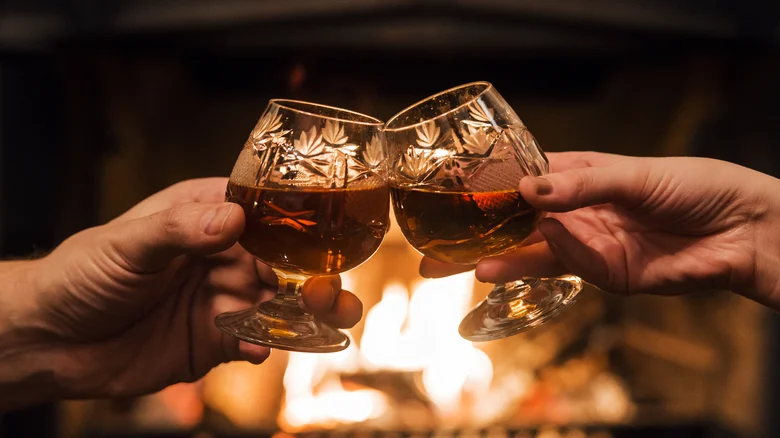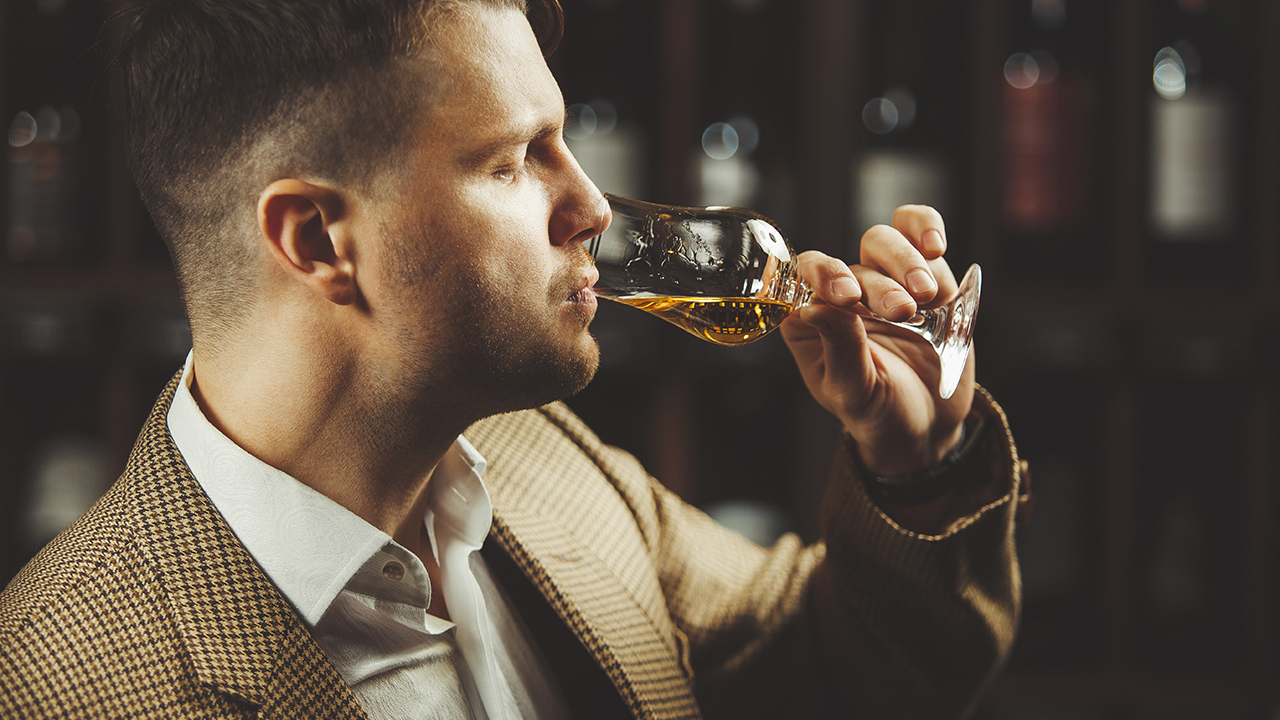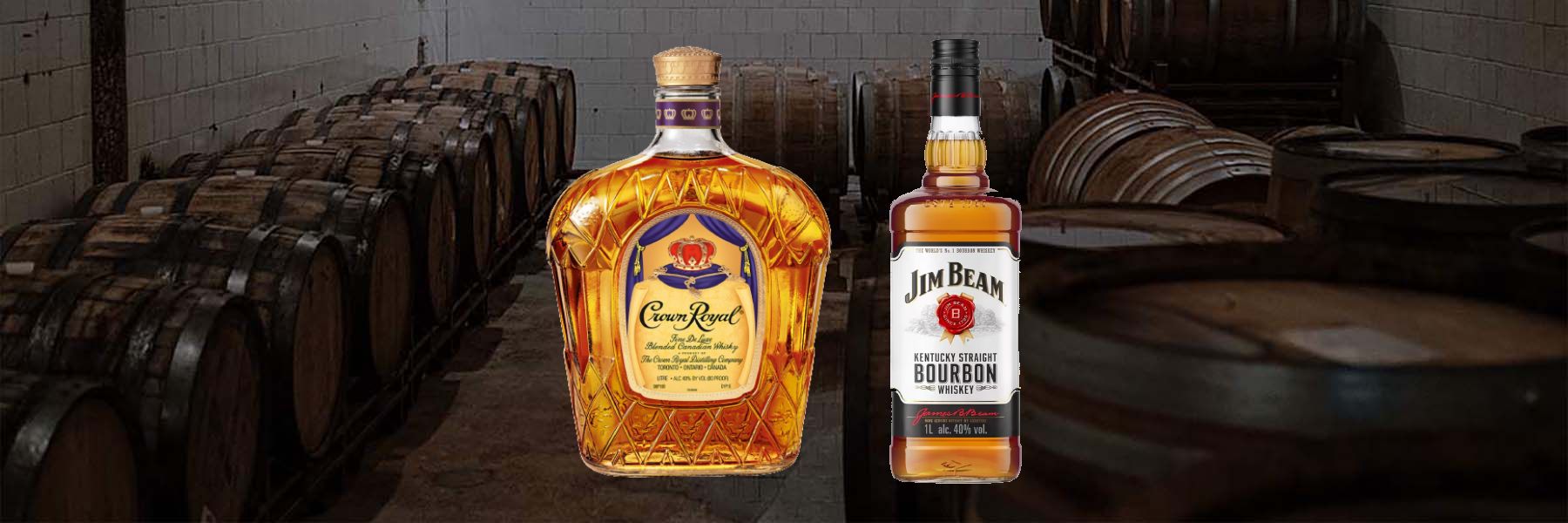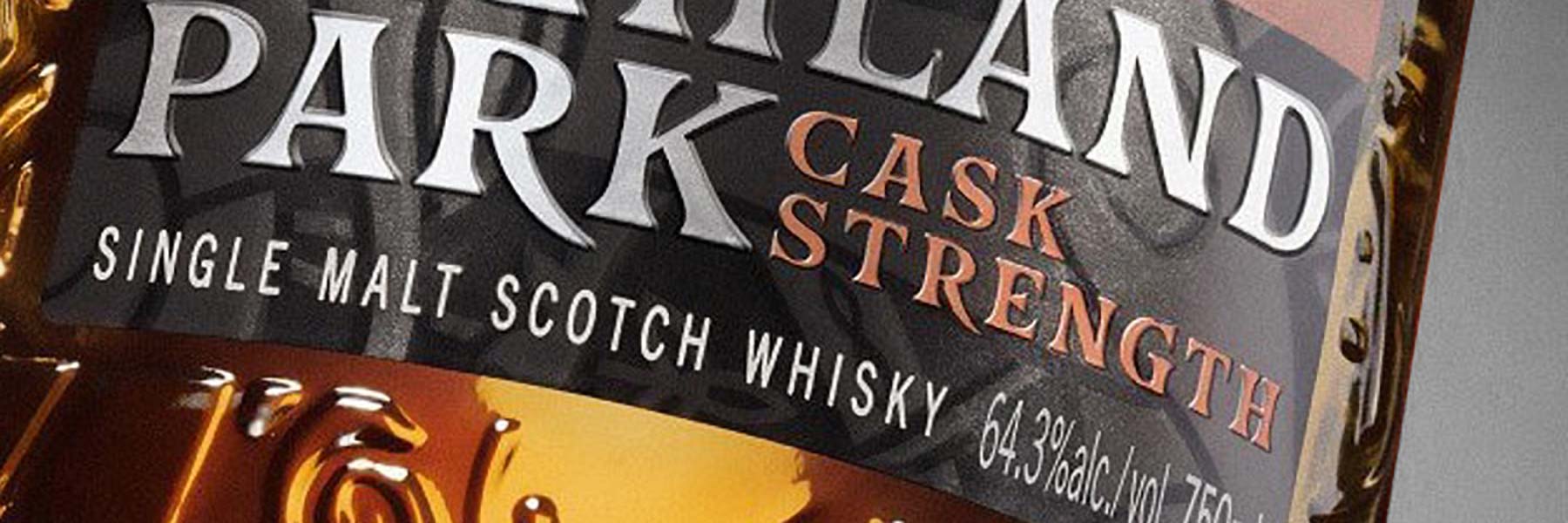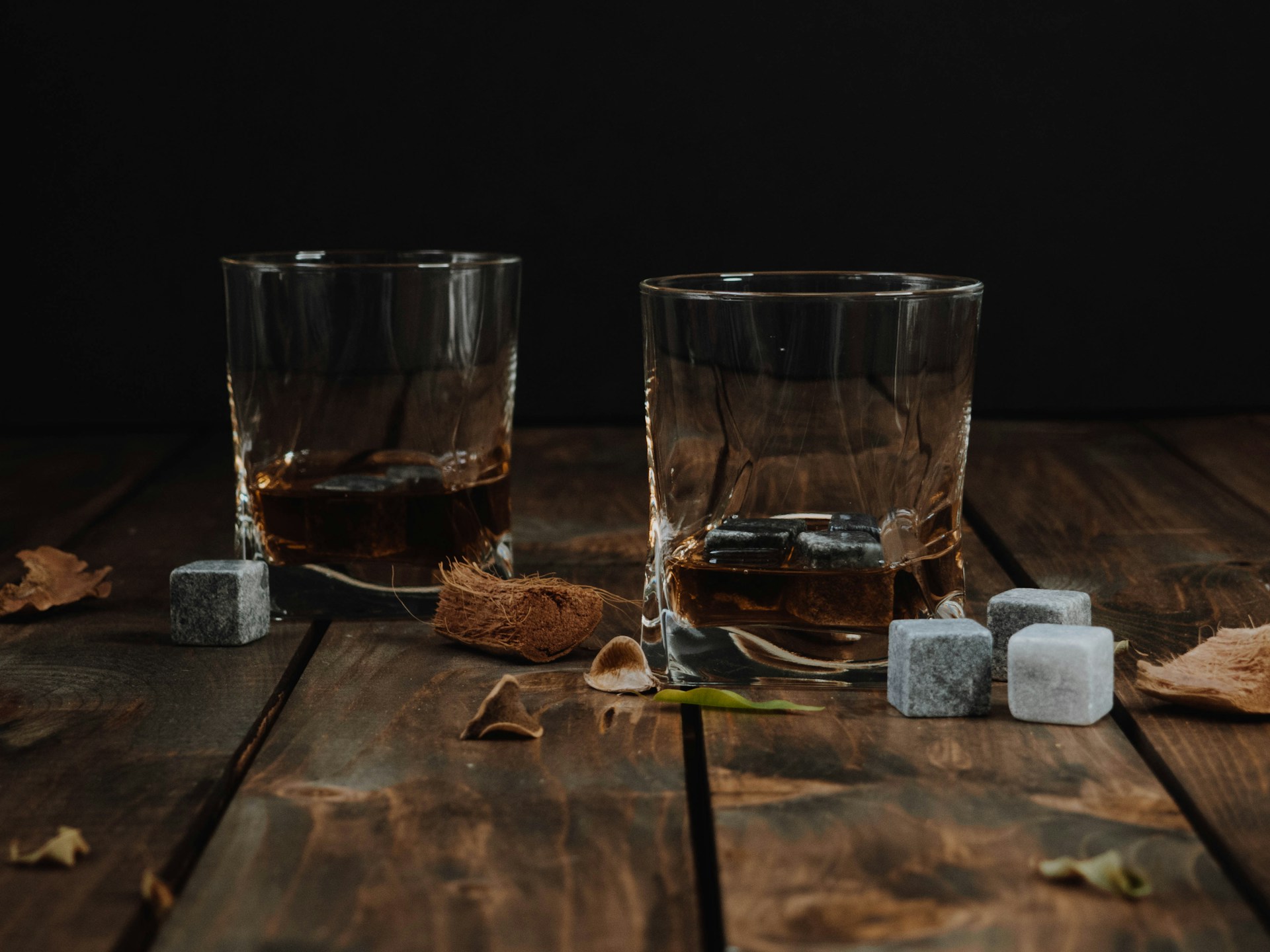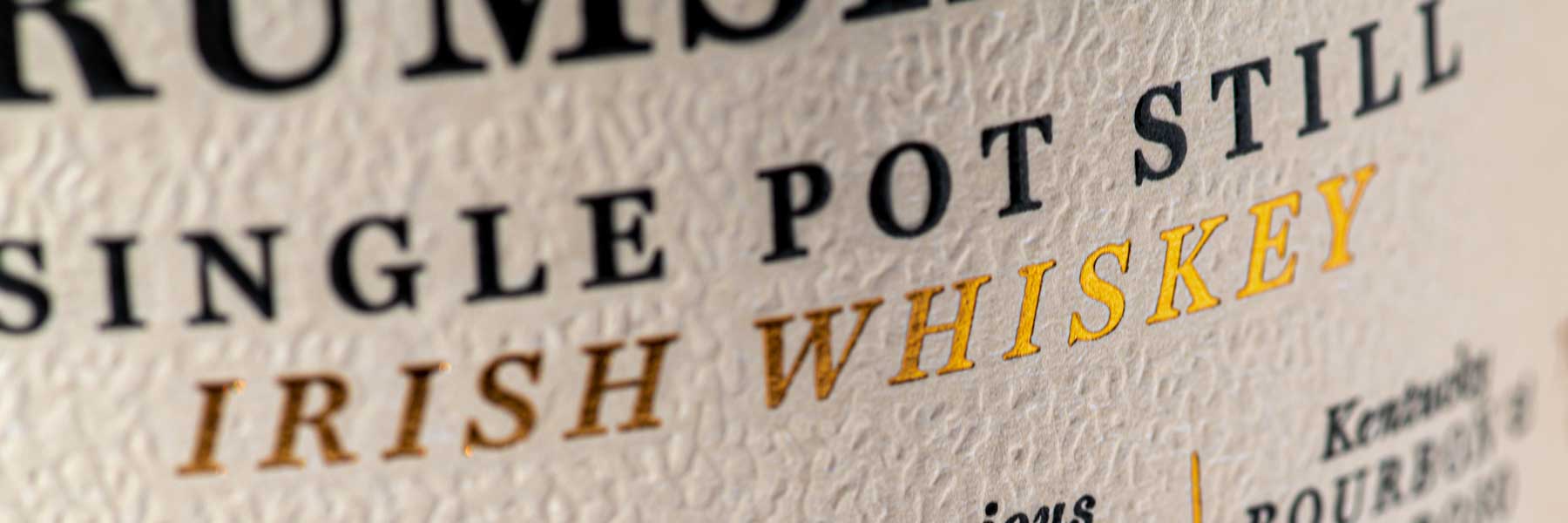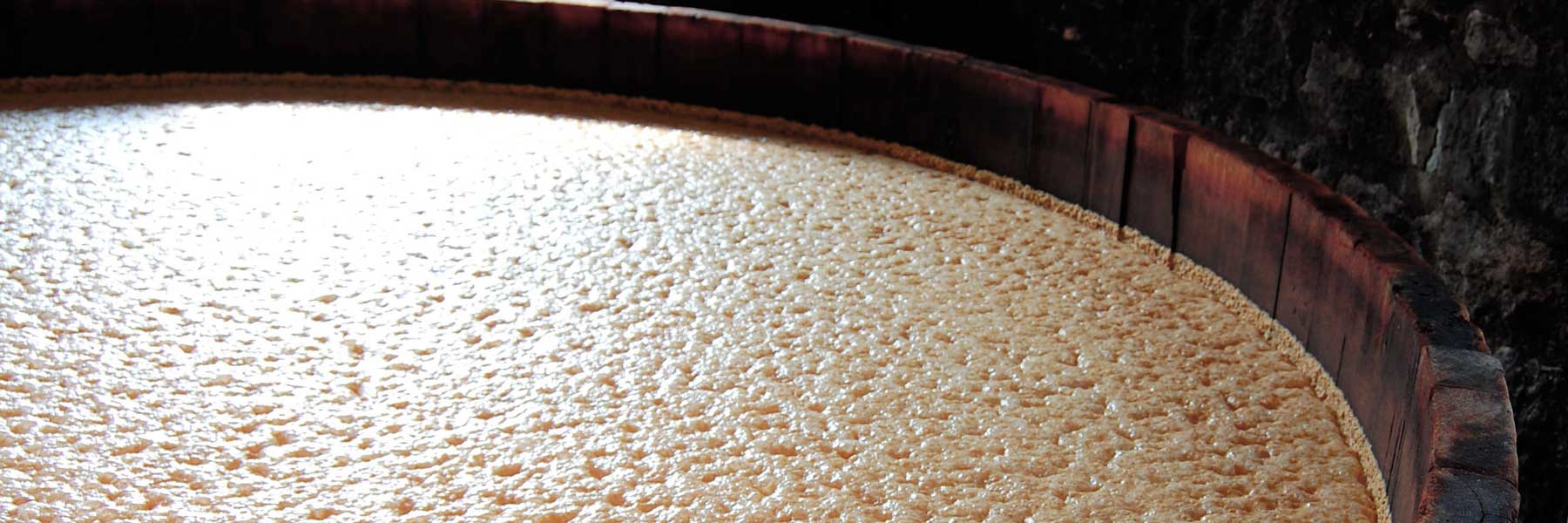Brandy vs Bourbon: What’s the Difference?
Brandy is a liqueur made around the world from fermented fruit juice squeezed from grapes, pears, apples, or cherries. Bourbon however, is a subtype of American whiskey made from a minimum of 51% corn (and other cereal grains), which is distilled and then aged in charred new oak barrels.
While brandy and bourbon are popular forms of alcohol, they have distinct differences that set them apart. This article delves into the differences between brandy and bourbon, including their origins, production processes, flavours, and best food pairings.
Let’s dive in.
What Is Brandy?
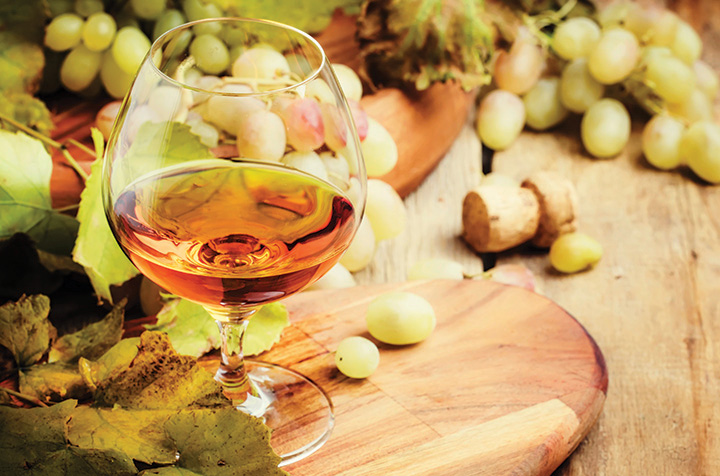
The legal definition of brandy stipulates that it must originate from distilled wine or fermented fruit juice and have an alcohol content set by regional standards. In the United States, brandy must contain at least 40% alcohol by volume.
Brandy was first produced in France in the 15th century. It was initially created to preserve wine during shipping but eventually became popular on its own.
The name brandy stems from the Dutch word brandewijn, for “burnt wine.”
Understanding Brandy Labels
A traditional quality rating system distinguishes the various types and age classifications of brandy. However, this system’s application is unregulated beyond the regions of Cognac and Armagnac. Typically, these quality indicators are located near the brand name on the label.
- A.C = aged 2 years.
- V.S = “Very Special” or 3-Star, aged at least three years.
- V.S.O.P = “Very Superior Old Pale” or 5-Star, aged at least five years.
- X.O = “Extra Old” aged at least six years.
- Vintage = Stored in the cask until bottling (label will indicate vintage date).
- Hors d’age = age that is too old to determine (typically ten years or more).
How Does Brandy Differ From Cognac?
While all Cognac is brandy, not all brandy can be called Cognac. This distinction arises from Cognac’s strict production methods. It must be produced within the Cognac region of France, including using copper pot stills and aged in French oak barrels for a minimum of two years (eau-de-vie).
The alcohol content and distilled wine are regulated, with Cognac requiring specific grape varieties and a double distillation process. Collectively, these lend a refined character and provenance distinct from other brandies.
Key Brandy Making Regions
Besides France’s Cognac and Armagnac regions, brandy is produced in various other countries worldwide. These include:
- Spain: Produces brandy known as “brandy de Jerez” or sherry brandy aged in oak barrels formerly used for sherry.
- United States: Most American brandies are made with grapes grown in California, with some aged over 20 years.
- South Africa: Known for its brandy, which is made from Chenin Blanc and Colombard grapes aged in oak barrels.
- Armenia: Produces its own unique style of brandy, known as “Armenian cognac.” It is typically double-distilled and aged in oak barrels.
- Greece: Produces brandy from the Muscat grape, known as “Metaxa,” and aged in oak barrels with herbs and spices added.
- Peru and Chile: These South American countries produce a type of brandy called “Pisco,” which is made from grapes grown in specific designated regions.
- Mexico: Known for its brandy made from agave, the same plant used to make tequila and mezcal.
- Australia: This country produces brandy known as “Australian grape brandy,” which is made with grapes grown in the Barossa Valley region.
The Most Common Types of Brandy
From the oaky flavors of Cognac to the rustic charm of Grappa, brandy takes many forms. Key types include fruit brandies, like apple brandy, aged in oak barrels, and pomace brandy, which utilizes grape pomace and is often aged in wooden barrels. The oak cask aging and the spirit distilled in column stills or traditional methods add depth to these brandies’ profiles.
1. Cognac
Cognac, an illustrious spirit distilled from wine, is synonymous with luxury. Its alcohol content is carefully controlled, and its maturation in French oak barrels bestows a complexity revered by connoisseurs worldwide.
The region’s chalky soil and mild climate, combined with copper pot stills for distillation, contribute to Cognac’s celebrated smoothness and rich history.
2. Armagnac
Armagnac, revered as France’s oldest brandy, tells a tale of tradition and terroir. Produced in the Gascony region, this spirit distilled is full-bodied, often aged for many years in oak casks, developing rich, nuanced flavors over time.
Its bespoke character, derived from local grape varieties and continuous distillation in column stills, sets Armagnac apart as a brandy with a soul.
3. Calvados
Calvados is crafted in the heart of Normandy. It is an apple brandy that captures the essence of its region. The fruit brandy is distilled from cider and then aged in oak barrels, which imbues it with a harmony of apple tartness and oaky sweetness.
The aging process, often spanning several years in oak casks, allows Calvados to develop a complexity that reflects Normandy’s lush orchards and rich history.
4. Brandy de Jere
Brandy de Jerez, hailing from the sun-drenched Jerez region of Spain, is a testament to the art of brandy-making. Infused with the essence of dried fruits and aged in a solera system, this brandy takes on a dimension of flavor that is both profound and alluring.
The traditional aging in oak barrels, coupled with the region’s unique climate, bestows Brandy de Jerez with a robust yet refined character.
5. Metaxa
Metaxa, a Greek spirit with a heart of brandy, marries the smoothness of aged grapes and distillates with the exotic intrigue of Mediterranean botanicals. Aged in oak barrels, Metaxa offers a bouquet as rich as its homeland’s history.
The result is a spirited and smooth spirit with a complexity that invites exploration in each sip.
6. Pisco Grappa
Pisco, a South American grape brandy, and Grappa, an Italian pomace brandy, share a spirited essence distilled from the heart of their respective lands. Each stands out with distinct clarity and a rich tapestry of flavors that reflect their cultural roots.
While Pisco is often unaged, Grappa may spend time in wooden barrels, acquiring a depth that speaks to the time-honored traditions of brandy craftsmanship.
What Is Bourbon?
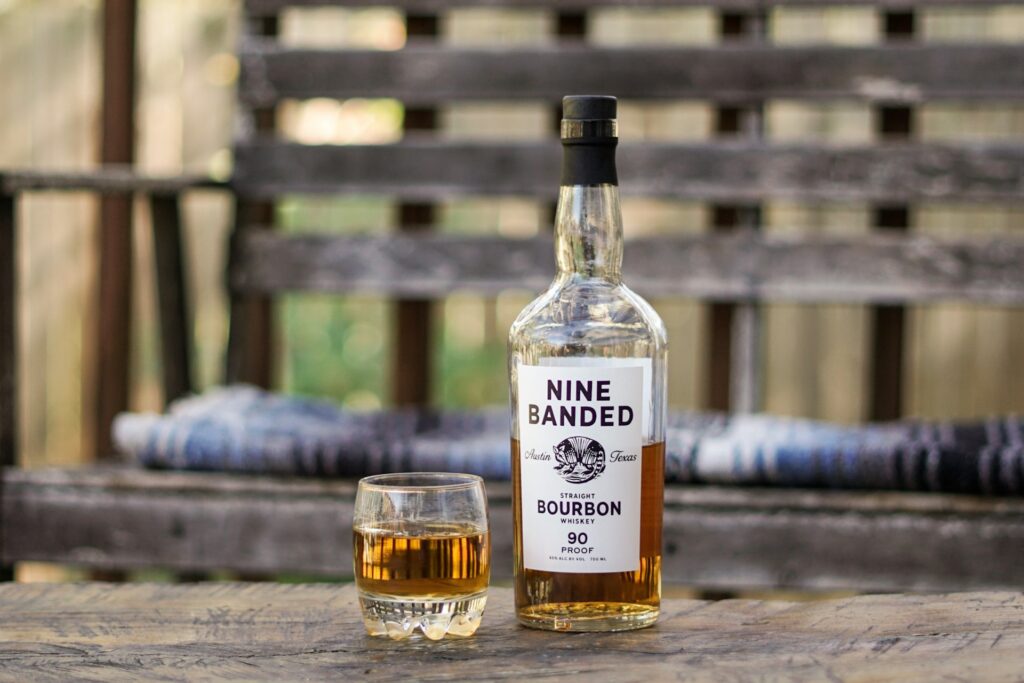
Bourbon is a subtype of American whiskey strongly associated with the American south, namely Kentucky. To be legally classed as bourbon, the spirit must be made in the USA from a fermented mash containing at least 51% corn, other cereal grains (typically wheat or rye), and a small portion of malted barley. The spirit is double distilled and then aged in charred new oak barrels.
The Legal Definition
- Produced in the U.S.
- Made from a mash bill containing at least 51% corn
- Aged in new, charred oak barrels
- Distilled to no more than 160 (U.S.) proof (80% ABV)
- Entered the barrel at no more than 125 proof (62.5% ABV)
- Bottled at 80 proof or more (40% ABV)
How Does Bourbon Differ From Whiskey?
While bourbon is a type of whiskey, not all whiskeys are bourbon. The main difference lies in the mash composition, as bourbon must be made from at least 51% corn, while other types of American whiskey may use any proportion of cereal grains, including corn, malted barley, wheat, or rye.
The Most Common Types of Bourbon
1. Straight Bourbon
Straight bourbon is just bourbon that’s aged for at least two years in new, charred oak barrels. Because bourbon doesn’t have a minimum maturation period (like Scotch does), straight bourbon or Kentucky straight bourbon signifies it was aged for a minimum of two years.
Straight bourbons older than four years don’t require an age statement.
2. Bottled-in-bond Bourbon
Bourbon is made by a single distillery in a single distillation season. It has been aged for a minimum of four years under government supervision and is bottled at 100 proof (50% ABV).
3. Wheated Bourbon
Bourbon has a high proportion of wheat within the mash bill, typically 25-30%. This substitution leads to a softer, smoother sip. If you enjoy a gentler hug from your whiskey, wheated bourbon could be your new pal. It’s known for its mellow sweetness, often with hints of honey, bread, and spice that tickles rather than overpowers.
4. High Rye Bourbon
Bourbon with a high proportion of rye within the mash bill, typically ranging between 25% and 30%, is a popular bourbon variant renowned for a peppery, spicy flavour profile. This type of bourbon is best suited for those who relish a more assertive flavour profile that stands tall in any cocktail or holds its own when sipped neat.
5. 100% Corn Bourbon
Bourbon is made almost entirely from corn and a small portion of malted barely. This results in an exceptionally sweet and smooth spirit. It’s a bit of an outlier, as most bourbons blend in other grains, but this all-corn concoction is a delightful divergence for those with a sweet tooth.
6. Four Grain Bourbon
Bourbon uses 51% corn and remaining portions of wheat, rye, and malted barley in its mash bill. The lesser-known but flavoursome type of bourbon can be incredibly well-rounded, offering sweet to savoury flavours with a smoother finish than rye-heavy bourbons.
7. Barrel Proof Bourbon
Bourbon is bottled directly from the barrel with little to no water dilution, capturing the true essence and full strength of the whiskey as it aged. Barrel-proof bourbon often has a higher alcohol content and a more intense flavor profile, appealing to those who appreciate a potent and unadulterated taste experience.
8.Single Barrel Bourbon
Bourbon is sourced from a single barrel, selected by a master distiller for its exemplary colour, aroma, and flavour profile. This rarity makes each bottle a one-of-a-kind expression, highly sought after by enthusiasts who value distinct, nuanced tastes.
Key Bourbon Producing Regions
Bourbon whiskey is unique to the United States, and by law, it can be produced anywhere in the country. However, its heartland is, without question, Kentucky; responsible for about 95% of all bourbon production. The Bluegrass State’s natural mix of rich soil, limestone-filtered water, and seasonal temperature variations provides an ideal environment for making bourbon.
Other notable regions include Tennessee, with its distinctive charcoal mellowing process, and Indiana, which has gained a reputation for high-quality spirits aged in wooden casks.
Although less celebrated, states like New York, Texas, and Colorado also emerge as bourbon producers, leveraging their unique climates and local grains to craft bourbons with distinct regional characteristics.
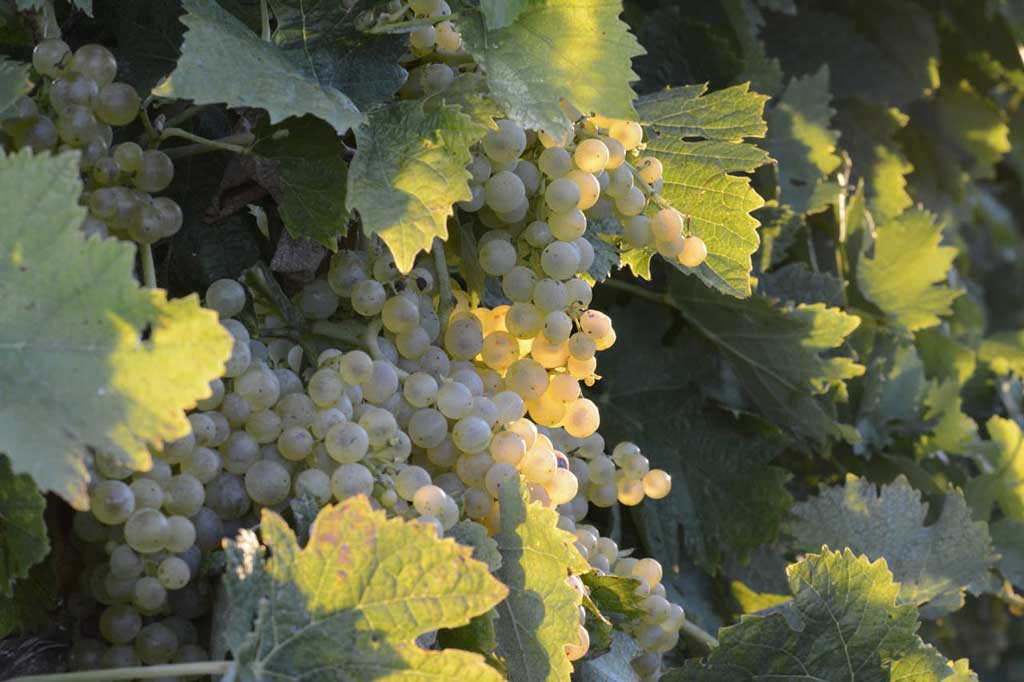
The Production Process
The alchemy of transforming basic ingredients into liquid gold is magical. Both brandy and bourbon begin with humble beginnings – brandy from fermented fruit juice and bourbon from a mash of cereal grains.
The process involves distillation, where wine (brandy) or beer (bourbon) is heated within a still to create strong alcoholic vapours that are captured and recondensed into liquid form. From there, it’s all about patience as the spirits are aged in wooden casks/barrels.
Here are the production processes for brandy vs. bourbon.
How Brandy Is Made
Brandy production starts with selecting quality fruit, often grapes, which are crushed and fermented with yeast to create wine. This wine is then column distilled, intensifying the alcohol content and flavours.
The distillate is then placed into barrels where it will rest, often for many years. During this time, the brandy takes on colour, flavour, and character from the wood, developing into the complex, elegant spirit enjoyed by many.
The craft of brandy-making varies from region to region, with each locale imprinting its signature on the final product. Whether it’s the famed Cognac or the lesser-known but equally delightful Armagnac, each brandy tells the story of its origin, the care of its makers, and the time it has spent aging gracefully in its wooden home.
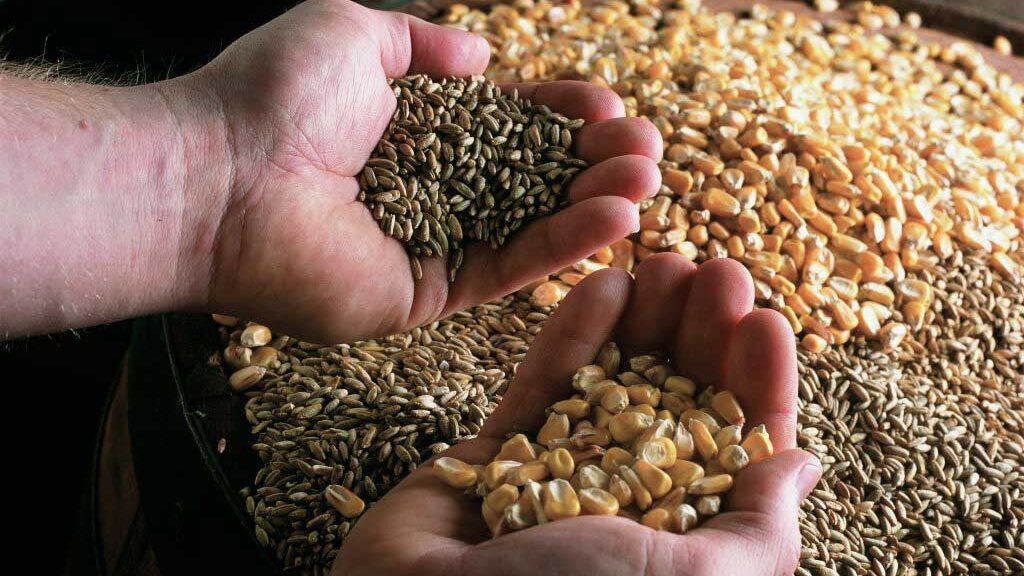
How Bourbon Is Made
Bourbon’s journey begins with a mix of cereal grains (at least 51% corn) that are ground and cooked to create a mash. Yeast is added to ferment the sugars, producing a beer-like liquid ready for column distillation.
The distillate, known as ‘white dog,’ is a colourless, high-proof spirit that is then aged in new, charred oak barrels where the magic of transformation takes place.
The aging process is where bourbon acquires its distinctive amber colour and rich flavour profile. According to many distilleries, Kentucky’s seasonal temperature swings aid in expanding and contracting the barrels, allowing the spirit to seep into the wood and extract those sought-after caramel and vanilla notes. Thus, the raw spirit is mellowed and matured, becoming the bourbon that tells a tale of time and tradition with every pour.
Aging Requirements and Methods
Although the requirements differ slightly from country to country, for a spirit to be acknowledged as a brandy, it needs to be aged in an oak barrel for at least one year.
Oak is the most commonly used wood to age brandy because it adds different flavor notes like caramel, vanilla, and spice; however, some manufacturers might use barrels that had contained other spirits to add an even deeper flavor profile to the final product.
What Does Brandy Smell and Taste Like?
Brandy offers a diverse range of aromas, from delicate florals to deep vanilla undertones. Its flavors span ripe fruits to oaken warmth, enhanced by the aging process akin to fine wines.
What Does Bourbon Smell and Taste Like?
Classic bourbon aromas include vanilla, oak, and a warm caramel sweetness that is comforting and indulgent.
As you explore various bourbons, you may also detect notes of dark fruit, baking spices, tobacco, or leather, particularly in expressions that have spent longer in the barrel. These flavors come together to create a spirit that is robust and versatile, perfect for sipping neat or as the foundation of a classic cocktail.
How Aging Affects the Flavor Profiles of Each
The aging process is where brandy and bourbon truly develop their flavor profiles. Brandy, aged in wooden casks, takes on a character that is at once mellow and complex, with oak and vanilla notes that complement the inherent fruitiness. The longer the brandy ages, the more nuanced its flavors become, evolving into a beverage with exceptional smoothness and depth.
Bourbon, on the other hand, is quintessentially American, with strict aging requirements that contribute to its distinctive flavor. New charred oak barrels imbue the spirit with their characteristic caramel sweetness and toasty warmth. As bourbon matures, it gains complexity and smoothness that can rival that of the finest brandy and whiskey, making it a beloved choice for connoisseurs and casual drinkers alike.
Best Ways of Drinking Brandy and Bourbon
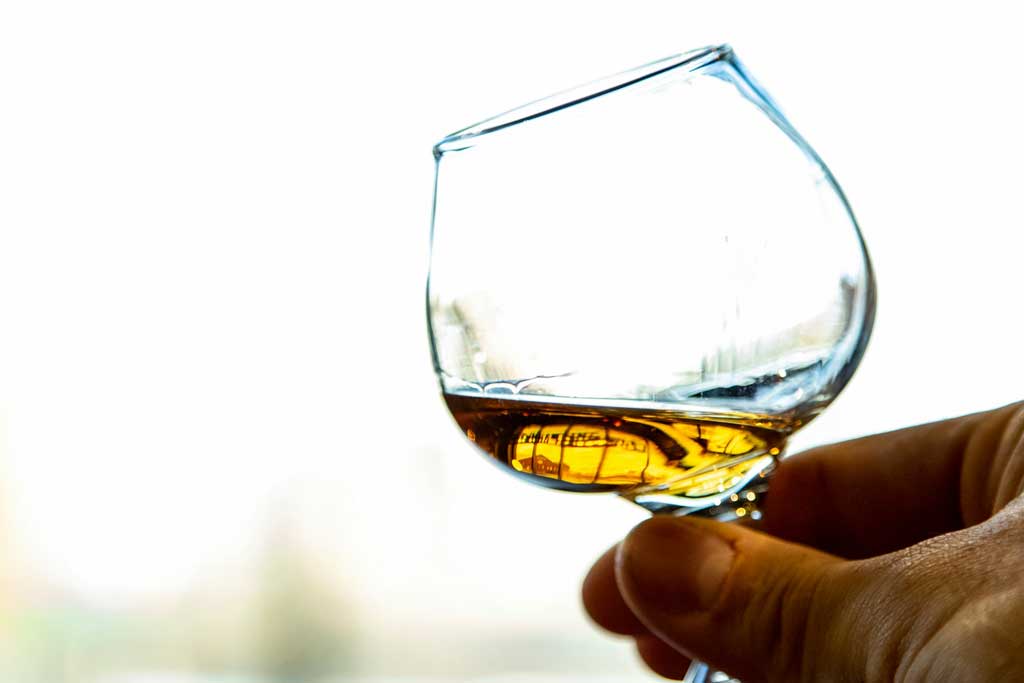
How Do You Drink Brandy?
Brandy is traditionally served at room temperature in a snifter, a glass designed to concentrate its aromatic bouquet and facilitate a slow, contemplative sipping experience. Warming the glass gently in your hands can enhance the aroma and flavor, giving each sip a deeper dive into the spirit’s complexity. For an after-dinner delight, brandy pairs exquisitely with dessert, offering a luxurious end to a meal.
In some regions, brandy is also enjoyed with a splash of water or a single ice cube, which can open up the flavors and make for a lighter, more refreshing drink. It’s not uncommon to see brandy used as a base in classic cocktails, providing a rich and flavorful counterpoint to other ingredients.
How Do You Drink Bourbon?
Bourbon, with its bold, full-bodied flavor, is often savored neat. This simple presentation allows you to appreciate the spirit’s rich and nuanced profile, from the sweetness of corn to the smoky undertones of the charred oak barrels. A splash of water can be added to open up the bourbon and soften its intensity, making each sip a new discovery.
Alternatively, bourbon is a favorite in cocktails, where its robust character can stand up to mixers and bitters. Enjoying bourbon on the rocks is another popular option, chilling the spirit and diluting it slightly as the ice melts, which can make the drink more approachable for those new to bourbon’s potent charm.
Bourbon Cocktails
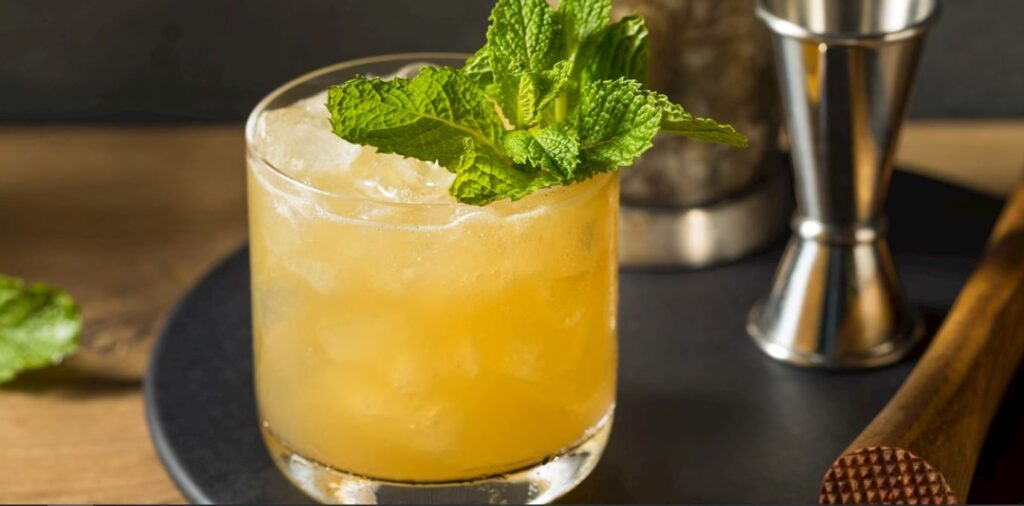
1. Bourbon Sour
The Bourbon Sour, with its refreshing zest, is a testament to bourbon’s adaptability. The cocktail’s bracing acidity cuts through the bourbon’s sweetness, creating a harmonious blend that is both invigorating and satisfying. Serving it over ice ensures a chilled experience that highlights the spirit’s warm caramel notes.
Follow these steps to craft a classic Bourbon Sour.
Ingredients:
- 2 oz bourbon
- 3/4 oz fresh lemon juice
- 1/2 oz simple syrup
- Cherry or orange slice for garnish
Directions:
- Combine bourbon, lemon juice, and simple syrup in a shaker with ice.
- Shake vigorously.
- Strain into an ice-filled rock glass.
- Garnish with a cherry or an orange slice.
- Serve cold to enjoy the balanced sweet and sour flavors of bourbon
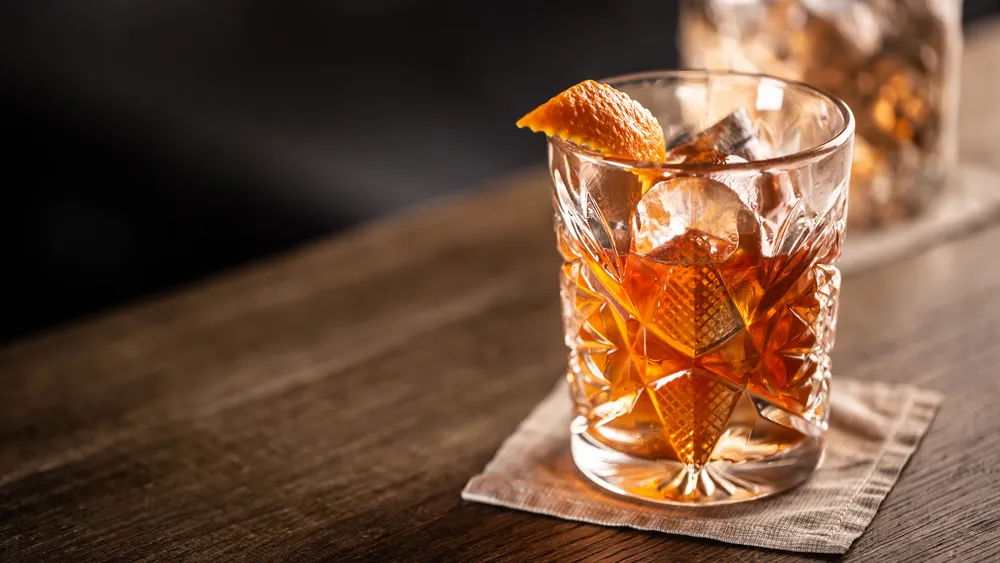
2. Old Fashioned
Relished for its robust yet smooth profile, the Old Fashioned lets the bourbon shine. The mellow sweetness of the sugar cube complements the warm caramel notes of the bourbon, while the bitters lend a hint of complexity. Served over ice, it’s a cocktail that invites slow sipping and appreciation of bourbon’s rich character.
Here’s how to make an Old Fashioned at its finest:
Ingredients:
- 2 oz bourbon,
- 1 sugar cube,
- Angostura bitters
- Orange peel
Instructions:
- Place sugar cube in a rock glass
- Add dashes of bitters and muddle until sugar dissolves
- Pour bourbon into the glass
- Fill the glass with ice cubes
- Stir until chilled
- Garnish with orange peel
Serve cold
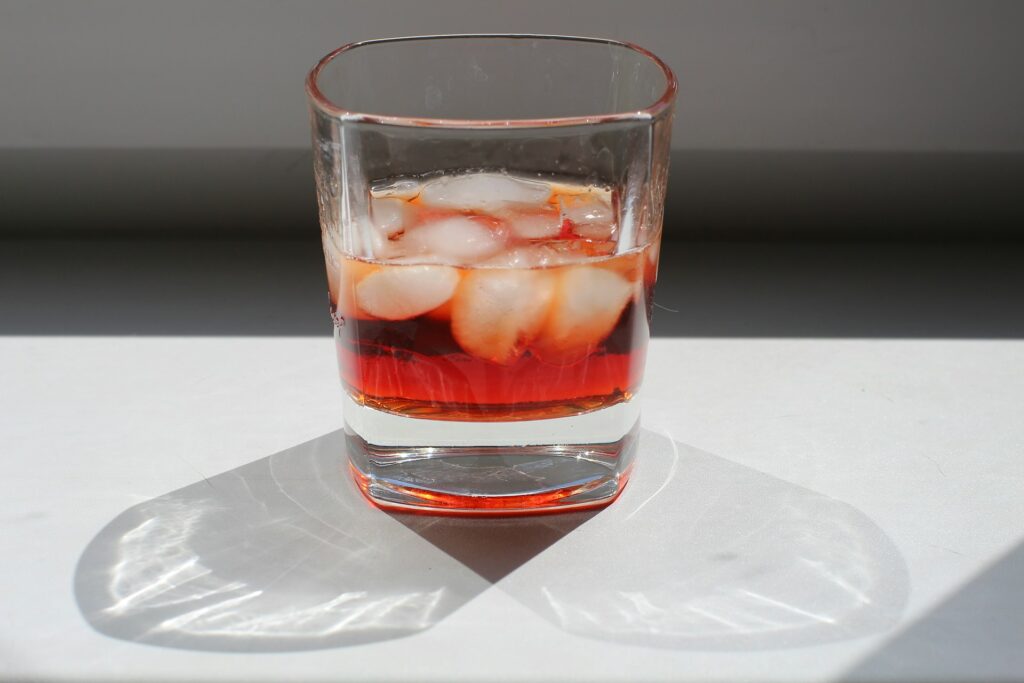
3. Boulevardier
This cocktail’s balance of bitter and sweet complements the bourbon’s natural flavor profile, while the vermouth adds a layer of complexity. The Boulevardier is a testament to bourbon’s versatility and is just as suitable for a cozy night in as it is for a celebratory toast. The chilled nature of the drink highlights the interplay of flavors and makes for a truly elegant sipping experience.
Here’s how to make one:
Ingredients:
- 1 1/2 oz bourbon
- 3/4 oz sweet vermouth
- 3/4 oz Campari
Instructions:
- Stir ingredients with ice until chilled
- Strain into chilled glass
- Garnish with an orange twist
- Serve cold
This cocktail is an ideal pre-dinner aperitif
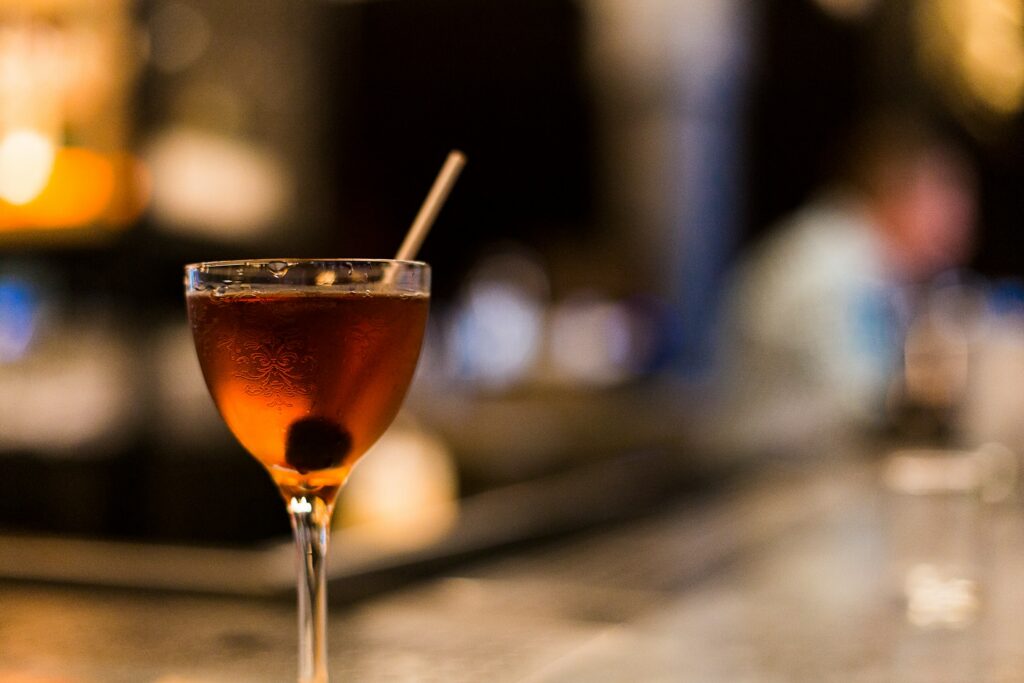
4. Manhattan
The Manhattan is a cocktail that exudes elegance, with the vermouth enhancing the bourbon’s inherent sweetness and the bitters providing contrast and depth. It’s a drink that respects the spirit’s complexity while offering a new angle from which to appreciate its rich tapestry of flavors. Chilled and undiluted, it’s a timeless choice that’s as much about the experience as it is about the taste.
Here is how to mix up a classic Manhattan:
Ingredients:
- 2 oz bourbon
- 1 oz sweet vermouth
- Dash of Angostura bitters
Instructions:
- Combine bourbon, sweet vermouth, and bitters in a mixing glass with ice.
- Stir until chilled.
- Strain into a chilled cocktail glass.
- Garnish with a maraschino cherry.
- Serve cold, straight up, without ice.
Pairing With Food
Both brandy and bourbon have a remarkable ability to complement a variety of foods. The rich and diverse flavor profiles of these spirits can enhance the dining experience, from the appetizer to the dessert. Whether paired with bold, savory dishes or sweet, decadent treats, these spirits offer a delightful counterpoint to a meal’s flavors.
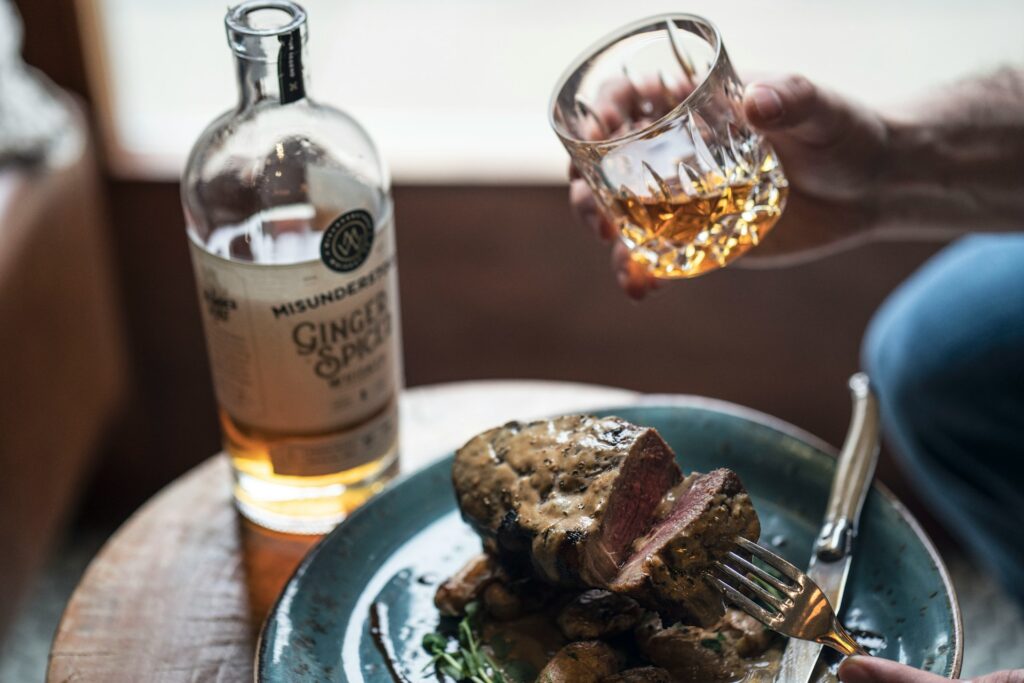
What Foods Pair Well With Brandy?
Brandy is commonly enjoyed as an after-dinner drink, known as a digestif, because its high alcohol content aids digestion, and its rich, fruity flavor profile pairs beautifully with desserts.
For a classic pairing, try sipping brandy alongside rich, creamy cheeses or a platter of fresh fruit. The spirit’s fruity notes harmonize with the cheese’s creaminess and elevate the natural sweetness of the fruit. For an indulgent treat, brandy is also a perfect companion to chocolate, with the spirit’s complexity complementing the chocolate’s depth.
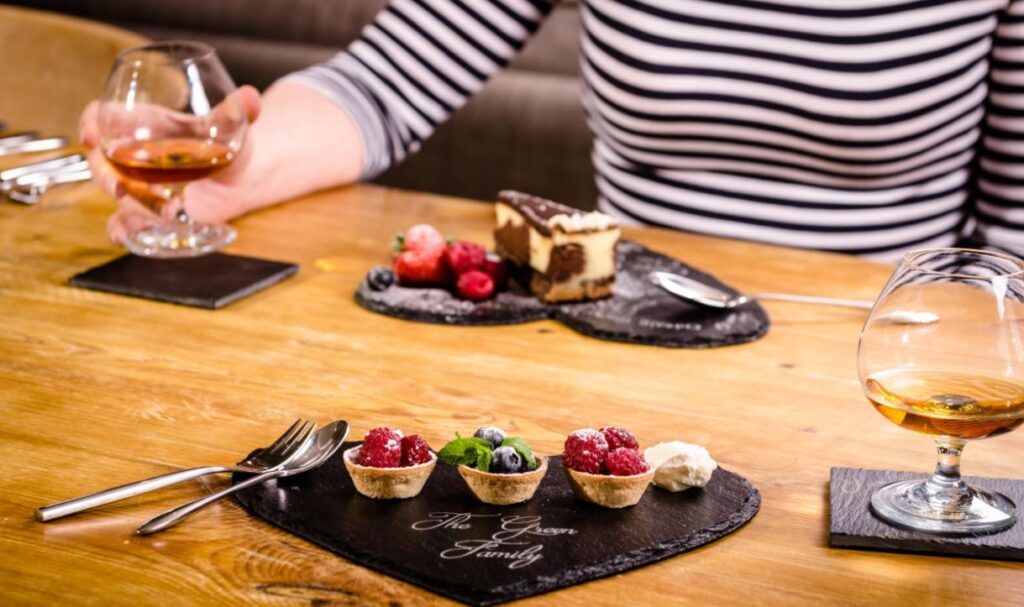
Best Food Pairing for Bourbon
Bourbon’s rich flavor profile makes it an ideal partner for various foods. Its sweet, smoky notes are a natural match for barbecue, where the bourbon’s caramel and vanilla undertones can stand up to the bold flavors of smoked meats. For a more refined pairing, consider bourbon alongside aged cheeses, where the nuttiness of the cheese complements the spirit’s complexity.
On the sweeter side, bourbon can be a delightful accompaniment to desserts like pecan pie or bread pudding, where its warmth and sweetness echo the rich, caramelized flavors of the dish. Whether you’re looking for a pairing that mirrors the bourbon’s flavors or one that offers a delightful contrast, there’s a food match that will elevate your bourbon experience to new heights.
Summary
- Brandy is made from fermented fruit juice.
- Bourbon is a type of American whiskey made primarily from corn.
- Brandy must contain at least 40% alcohol by volume and can originate from distilled wine or fermented fruit juice.
- Bourbon must be made from a mash containing at least 51% corn and aged in new, charred oak barrels.
- Brandies are produced worldwide, including in Spain, the United States, South Africa, Armenia, Greece, Peru, Chile, Mexico, and Australia.
- Bourbon is primarily produced in Kentucky but can be made anywhere in the United States


